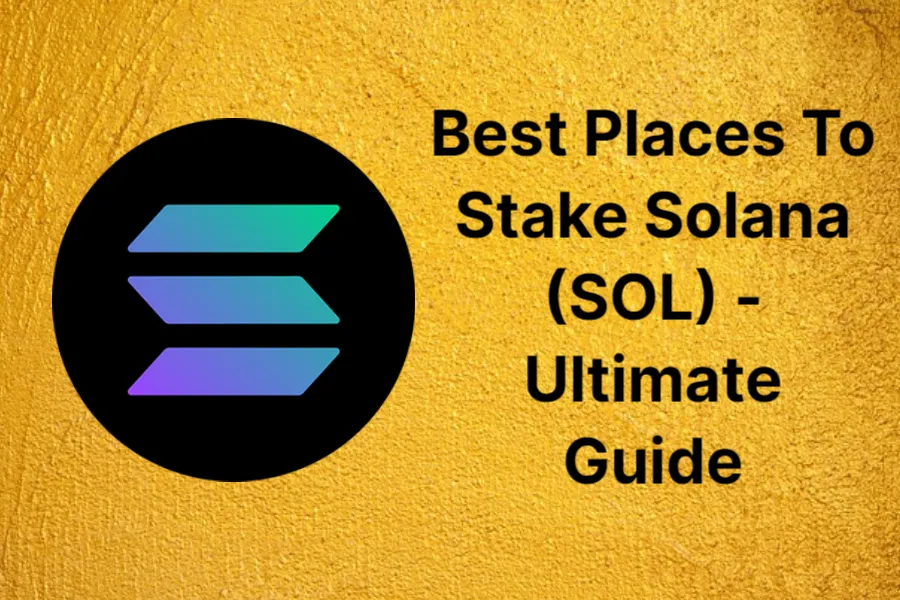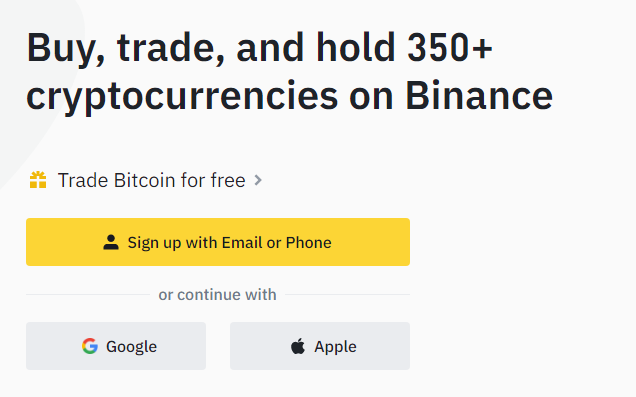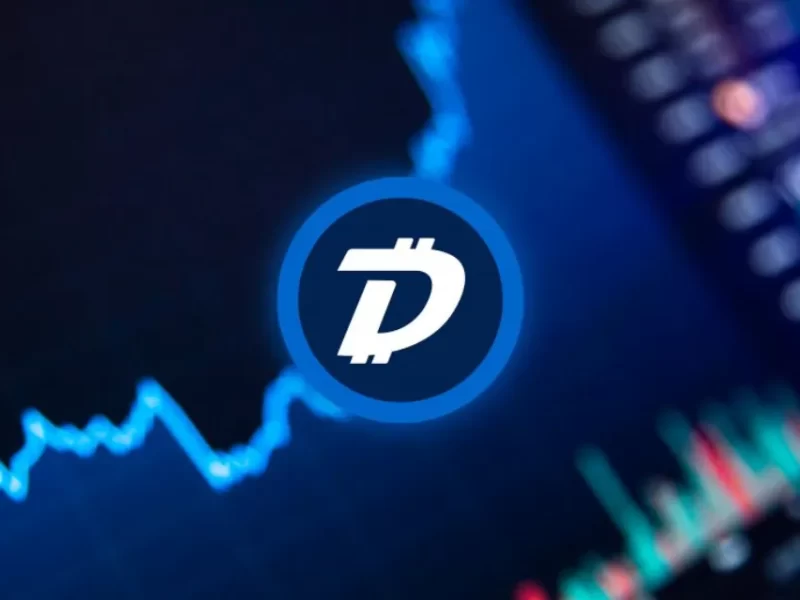Since its launch in 2017, Solana has grown to become one of the most well-known open-source blockchains. It has maintained a position in the top ten staked cryptocurrencies by market cap and staked amount. The best places to stake Solana for rewards will be covered in this article.
Where to Stake Solana (SOL) in 2023
- Binance (Best overall for staking)
- Kraken (Good for flexible staking)
- Coinbase (Best for beginners)
- Crypto.com (Best for ease of use)
- Huobi (Best for transparency)
- Phantom (Good wallet for beginners)
- Solflare (Best wallet for mobile app)
Since there is a lower entry barrier in terms of knowledge and expertise, centralized cryptocurrency exchanges that offer to stake are best suited for beginners. These platforms are user-friendly and eliminate the need to locate an appropriate validator. It is possible to use Solana wallets like Solflare or Phantom for seasoned investors who prefer to keep custody of their SOL tokens.
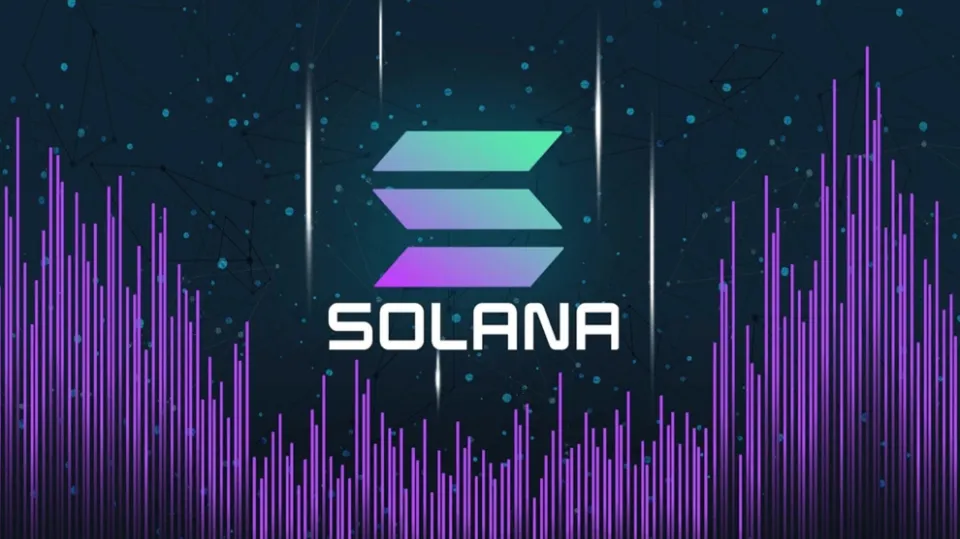
Where to Stake Solana to Earn Rewards
The best places to stake cryptocurrency by allocating their Solana coins to generate passive income are cryptocurrency wallets and exchanges that support soft staking.
Comparing the leading exchanges that enable SOL staking is done in the table below. The staking reward may change depending on the provider, validators, and network even though the information was accurate at the time of writing.
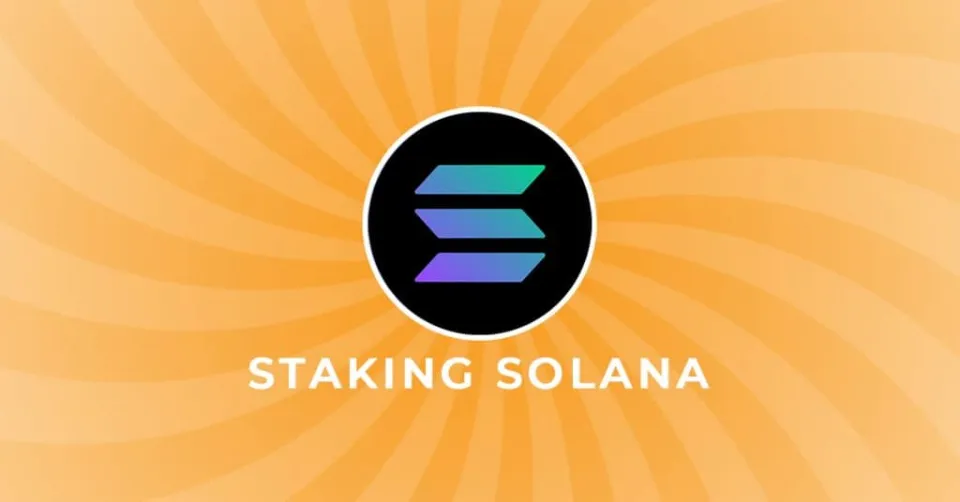
| Platform | Minimum Amount | Estimated ROI | Rating | Promotion | Website | Review |
|---|---|---|---|---|---|---|
| Binance | 0.0001 SOL | 9.28%, 10.23%, 13.47% APY | 4.8/5 | Up to $100 welcome bonus | Visit | Binance Review |
| Kraken | 0.00000001 SOL | 6% APY | 4.8/5 | None available at this time | Visit | Kraken Review |
| Coinbase | 0.00000001 SOL | 3.85% | 4.7/5 | $5 BTC bonus (USA only) | Visit | Coinbase Review |
| Huobi | 0.1 SOL | 3.5% APY | 4.2/5 | None available at this time | Visit | Huobi Review |
| Crypto.com Exchange | 5 SOL | 1% or 2% APY | 4.5/5 | $10 when stake > 1000 CRO tokens | Visit | Crypto.com Exchange Review |
Top Exchanges for Solana Staking: Reviews 2023
1. Binance
The most widely used cryptocurrency exchange in the world is Binance, with a daily volume that regularly dwarfs its rivals by eight times. Its abundance of services, which include special earning opportunities, an NFT marketplace, and the ability to trade derivatives, is largely responsible for its success.
One of the best places to purchase Solana is on Binance, which started offering SOL staking in February 2021 with an initial rewards rate of 43.79% APY. This extraordinarily high rate slowly dipped as staking became more popular, however, Binance still offers SOL owners competitive rates and a low barrier for entry that is suitable for all types of investors.
Users of Binance have the option to lock up their SOL for 30, 60, or 90 days. The estimated yield increases with longer lock-up times. The estimated staking rewards for the fixed durations are 9.28%, 10.23% and 13.47% APY respectively, which makes the platform one of the best platforms out there for staking SOL. (Read More: APR vs. APY – Differences & Which One Should I Use)
Although users who unlock their staked tokens before the redemption rate will forfeit any accrued rewards, Binance calculates interest on a daily basis. The huge range of features offered by Binance, in conjunction with its ease of accessibility and high APY means it’s our pick for the best SOL staking platform. However, investors in the USA should be aware that Binance.US does not currently support Solana staking and will need to use another provider. Visit Binance.US to view a list of coins that can be staked.
2. Kraken

Kraken is a cutting-edge trading platform that is a well-liked exchange for cryptocurrency investors and traders. Although the user interface is outdated, it is a trustworthy and secure exchange for purchasing, trading, staking, and selling digital currency. With an initial APY of 6.5% available, Kraken added international support for staking Solana in July 2021. An advantage of Kraken staking is the simple process to earn rewards on SOL tokens. Once Solana has been transferred or purchased, the wallet can be activated by navigating to the “Earn” section of the platform, selecting “Staking” and inputting the amount of SOL to stake.
The current on-chain staking reward of 6% to 6.5% APY is similar compared to other exchanges such as Although the flexible staking terms of SOL staking on Kraken are an advantage over Binance. On some platforms, there must be a “locking period” during which the coins cannot be traded or withdrawn without incurring a fee.
Kraken’s flexible staking means users that deposit at least 0.2 SOL into the staking contract can earn rewards and withdraw the tokens at any time. This makes Kraken a fantastic choice for cryptocurrency traders who want to earn rewards on Solana while watching for a trading opportunity. Users in the USA, however, are unable to stake Solana on Kraken due to legal issues with the SEC.
3. Coinbase
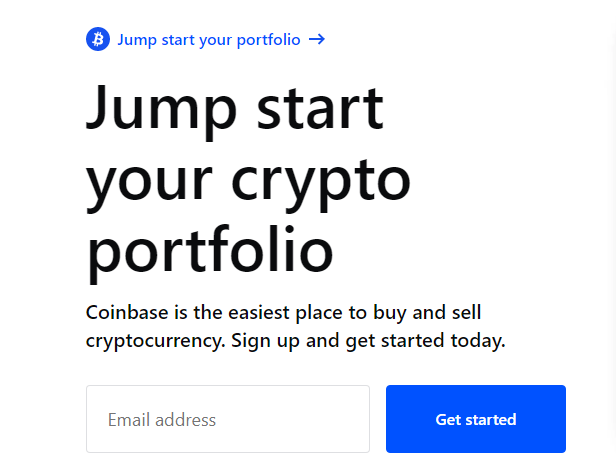
In order to earn rewards, Solana staking was added by Coinbase to its list of assets in June 2022. Because the selection of staking coins was previously quite limited, Coinbase Solana staking is a fantastic addition that eliminates the need for setting up a staking service and becoming a validator.
SOL token rewards are automatically accumulated for users who stake Solana tokens through Coinbase every three to four days. The current APY for Solana staking on Coinbase is around 3.85%, which is subject to change depending on market conditions. It costs just $1 to start staking SOL in a Coinbase wallet, making it accessible to beginners. Additionally, the money is not locked in and can be taken out at any time from the staking process.
The convenience of using Coinbase to stake Solana is a perk. There is no need for advanced technical proficiency or stake knowledge because the exchange offers a user interface that is user-friendly for beginners. Due to the platform’s excellent security measures, there is also peace of mind knowing that the Solana investment is secure. The only downside is the staking fees of 25% as stated in the Terms and Conditions.
4. Crypto.com Exchange

One of the most well-known apps in the cryptocurrency sector is Crypto.com, which has grown quickly. Over the past few years, Crypto.com has grown significantly, from acquiring the naming rights to the Los Angeles stadium to forming a partnership with the sports team Paris Saint-Germain. The platform has regularly added new financial services, despite initially only functioning as a straightforward cryptocurrency app. NFT marketplaces, cryptocurrency debit cards, and a reliable exchange with coin staking are all available.
The simplicity of use is a benefit of staking Solana on Crypto.com Exchange. Assets in the wallet will start earning staking rewards automatically once the soft-staking feature is enabled. SOL rewards are paid out daily inclusive of Solana tokens are used for unfulfilled orders that are pending on the exchange. The most Solana that can be staked in order to receive rewards is 10,000 USD, or 100,000 USD equivalent in token balance.
Staking Solana on Crypto.com Exchange provides a reward of 1% APY or 2% which depends on whether the user is also staking If more than 100,000 CRO tokens are staked on the exchange, the higher SOL reward will become available. This equates to approximately USD 47,000 worth at current prices which is not feasible for new investors. In addition, theestimated reward is less than the on-chain rate at the time of writing.The minimum stake of 5 SOL is the other drawback.
5. Huobi Global

Established in 2013, Huobi Global is a reputable cryptocurrency exchange. With offices in the US, Japan, and Hong Kong, the exchange has experienced explosive growth and now serves a huge number of countries.
At first glance, Huobi’s APY for staking SOL is fairly modest which is approximately 3.5% APY. For instance, a user who stakes 100 SOL tokens would receive 0.0095 SOL per day, subject to changes in the staking rewards. A point of difference from other soft-staking exchanges is that Huobi provides a link to the validator node which can be inspected using Blockchain Explorer that provides full transparency of delegated tokens within the staking pool. Additionally, there is a 5-day un-staking period.
Users can earn free SOL on Huobi by taking part in special, limited-time promotions where they can give back to the neighborhood. Through Huobi Earn, the platform also occasionally runs staking promotions. These opportunities occasionally offer an incredibly alluring interest rate of 50% APY. While Huobi may not be the best first-choice for staking SOL, it is worth investors keeping an eye on their promotions to maximize potential SOL earnings.
What is Solana?
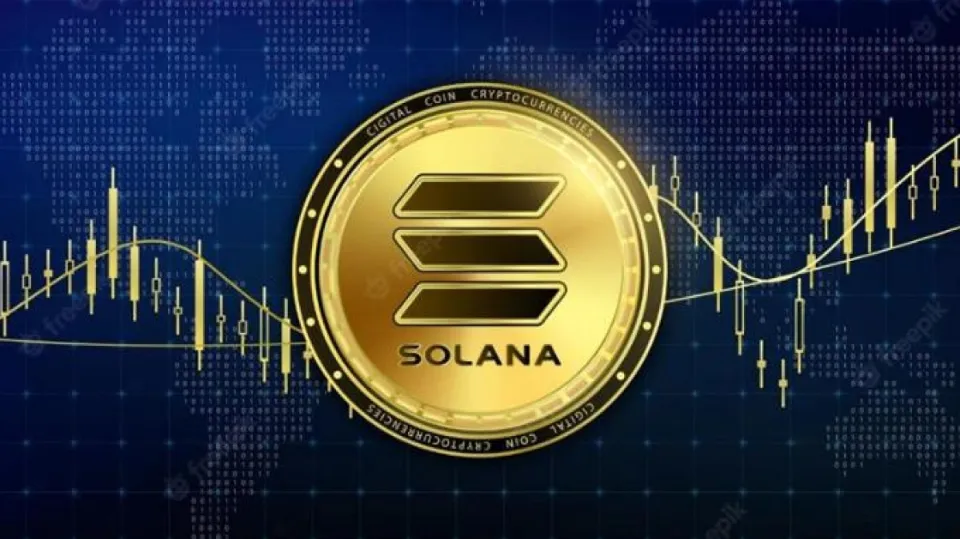
Solana is an open-source blockchain network with smart contract capabilities that is best known for its fast transaction speeds and broad range of DeFi options and NFT marketplaces. Smart contracts are executed on the blockchain using Proof-of-Stake and Proof-of-history. Through an annual percentage yield (APY), which functions exactly like an interest rate, validators are rewarded. Participants who stake SOL tokens are rewarded, as well as validators.
Read More: Why Do Solana DeFi Protocols Keep Getting Exploited?
Can You Stake Solana?
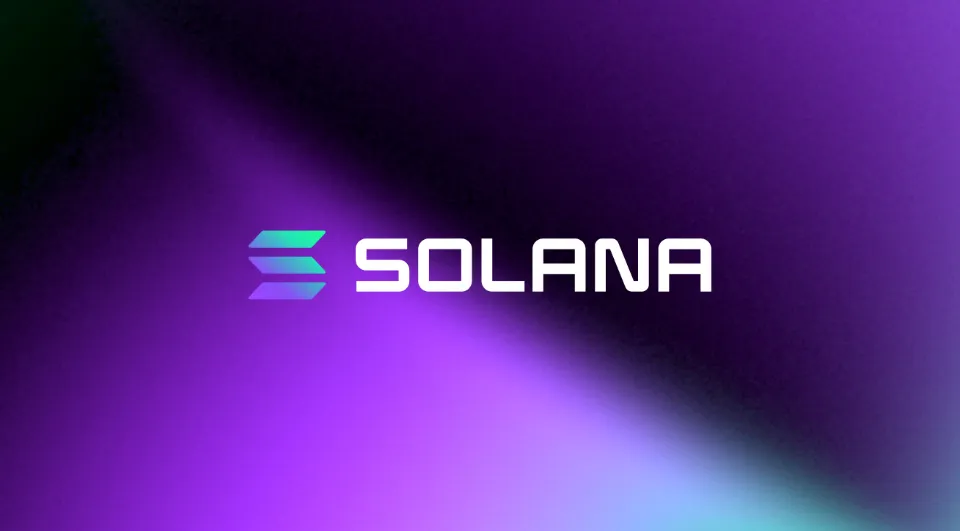
SOL holders can participate in the staking system by contributing their tokens to a node – either by running the server themselves or “delegating” their investment to someone else’s pool. By doing this, they are directly contributing to the economic security of the network and will receive a variable rewards rate.
One of the best options for making money through staking is Solana, which has a very competitive staking reward and an active ecosystem. As a result of the total amount locked in, which is estimated to be 44 billion at the time of writing, Solana is one of the best cryptocurrencies to stake. The variable reward rate for Solana may be lower than that of its rivals because staking SOL tokens is so common. Solana might not offer the best return when it comes to PoS staking; Cardano and Ethereum might.
How Much Can You Earn Staking Solana?
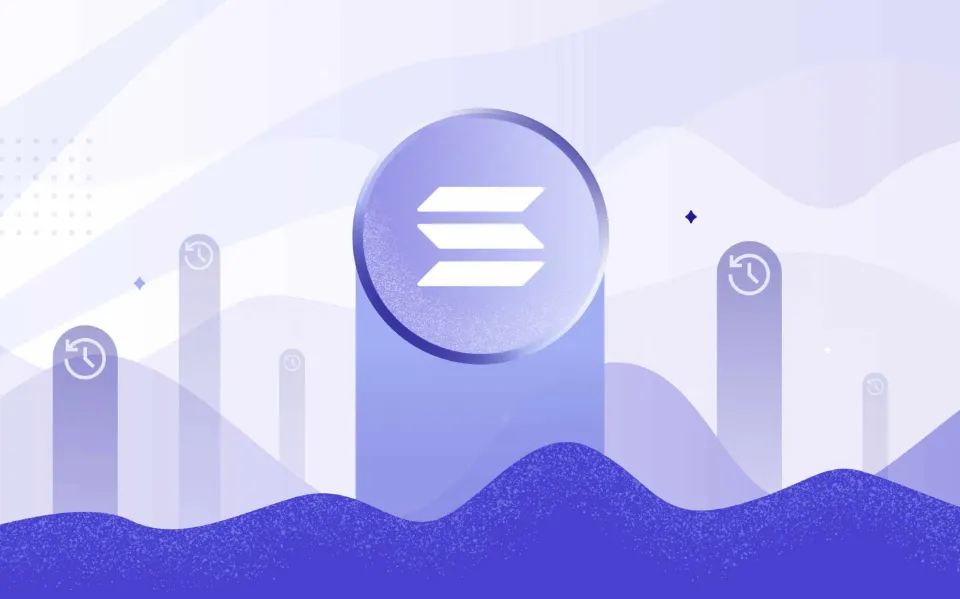
Owners of Solana tokens who stake them will be rewarded in accordance with the staking strategy, platform or exchange, and quantity of staked SOL tokens. The Annual Percentage Yield (APY) for staking Solana can range between 5–7%, although some platforms can offer higher or lower rates. Other factors that can affect the interest rate for staked tokens are:
- How many others are already staking on the network
- Validators determine the commission rate (fee). This may range from 0% to 10% or more.
- The current inflation rate for SOL
For instance, if an investor locks up 10,000 SOL at a 6% APY rate, they might be able to earn 600 SOL at the end of the year. The staking reward rate is an estimate that is frequently subject to change on wallets and exchanges.
How Does Staking Solana Work?
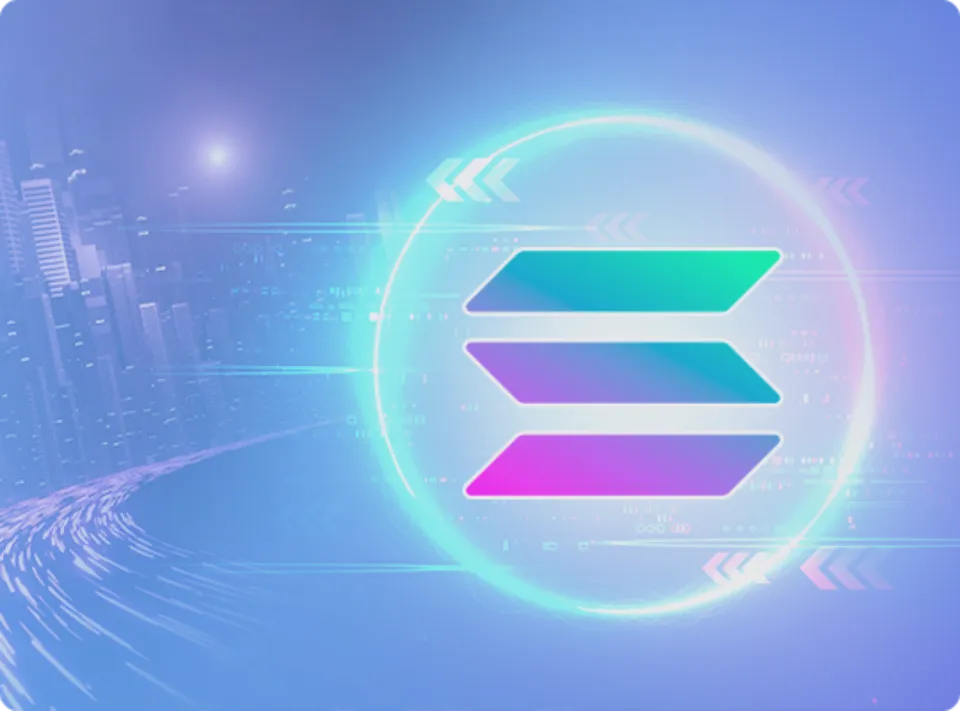
In contrast to traditional proof-of-work (mining) techniques, proof-of-stake blockchain networks use a validator system to carry out transactions. This mechanism is more environmentally friendly and environmentally sustainable. Essentially, “validators” – users who have locked up a portion of their Solana tokens in the network – run a “node” (server) that will be randomly selected to execute transactions on Solana.
Solana’s protocol combines this concept with something called “proof-of-history”. Simply put, this timestamping mechanism determines in advance the order in which transactions will be validated, greatly increasing efficiency. Continue reading this article to find out more about Proof-of-Stake and how it functions.
How to Stake Solana?
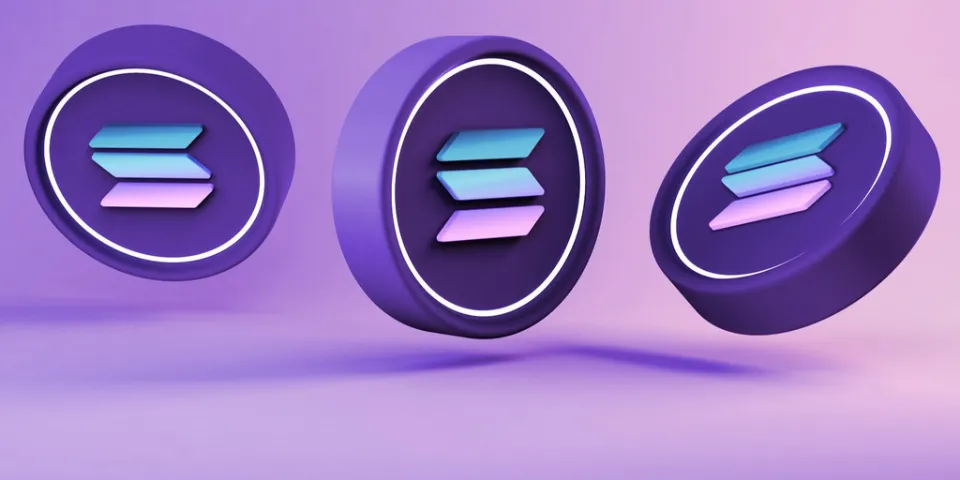
There are numerous strategies, each with varying degrees of complexity, for staking your SOL. The easiest method is to use a crypto exchange, which is simple to use and doesn’t need any technical knowledge of validators or wallets.
To stake SOL tokens using an exchange, follow these steps:
- Register an account with an exchange such as Binance
- Purchase, transfer or swap SOL tokens to a Binance wallet
- Select Solana (SOL) from the staking list
- Choose a lock-up duration and enter the amount of SOL to stake
- Confirm the transaction (by clicking “Stake Now”)
- Wait until the lock-up period is complete to withdraw funds
Solana Staking Using a Wallet
A wallet offers a slightly more complicated method of staking Solana tokens than an exchange. It is the person’s responsibility to locate and select a validator to assign the SOL tokens to the pool. To reduce staking risks, the validator must exercise due diligence. Three key statistics that should be assessed include:
- Uptime – validators with a low uptime are at risk of being slashed and removed from the network. Search for validators that have an uptime that is as close to 100% as possible.
- Number of participants – validators with a large number of delegators attached are likely to be safer than smaller alternatives. The Solana blockchain’s overall decentralization may be improved by allocating SOL to an independent delegator, which would have a higher rewards rate. (Read More: Is Staking Crypto Safe & Is It Worth Staking Crypto?)
- Commission – this is the fee rate that validators will charge on any rewards earned.
Staking on a wallet has the benefit of custody. Self-custodial wallets mean that even when the tokens are locked into the Solana network, the owners are still in complete control of their assets. This implies that the Solana investor is significantly less likely to be subject to exchange hacks or other malicious activities that can happen on centralized exchanges.
Read More: Custodial vs Non-Custodial Wallets – Difference & Which One to Choose
In a nutshell, Phantom and Solflare are the best wallets for staking SOL tokens.
Staking Solana Using Phantom Wallet
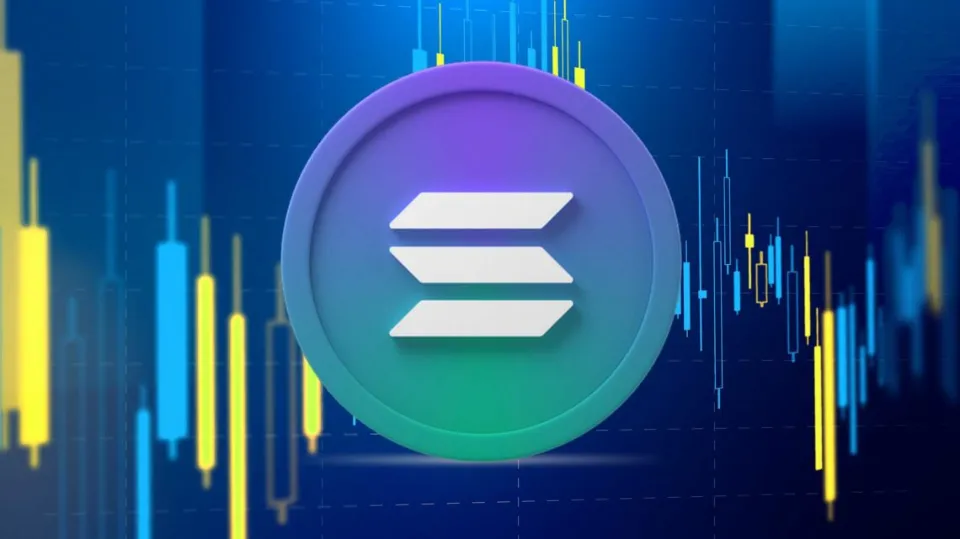
Phantom Wallet is a user-friendly digital wallet used to store, purchase, send, receive, and swap SOL tokens within the Solana ecosystem. The wallet is available as an extension for the four most widely used web browsers: Chrome, Edge, Firefox, and Brave. Although this is only available to iOS users, it also has a mobile application. In order to increase the security of the private key, the wallet is also compatible with some of the best hardware wallets, including the Ledger Nano X. (Read More: Ledger Nano S Plus vs Nano X – Hardware Wallet Choose)
A list of the available validators along with their stake fees is provided by the wallet application. According to popularity, the validators are listed. Phantom’s web wallet does not allow users to adjust the order based on variables like uptime or commission, so it is advised to use an alternative list with more information to pre-select the desired validator.
The commission validators charge (typically 10%), as well as other elements like the pool’s size, determine the rewards rate for staking Solana on Phantom Wallet. The estimated APY is between 5–7% using a Phantom wallet containing the staking rewards, which are distributed once every “epoch,” or roughly every two days on the Solana blockchain.
Staking Solana Using Solflare Wallet
In collaboration with Solana Labs, blockchain developer VGNG developed the Solflare wallet for the Solana network. Solflare is one of the most prominent wallets available for SOL users. Approximately 24% of all circulating tokens are being staked on the platform as of this writing.
Similar features like in-app staking, NFT storage, cryptocurrency exchange, and integration with cold wallets like Ledger are all present in Solflare, which is very similar to the Phantom wallet. The mobile application runs on both Android and iOS devices, and the web extension is compatible with the majority of browsers, giving it a few advantages over the Phantom wallet. (Read More: How to Stake Solana (SOL) in Ledger Live – Should I Try It)
Additionally, Solflare prohibits users from giving a validator access to their entire SOL balance. Owners must keep SOL idle in the wallet in order to un-stake the tokens because each network transaction will require a small amount of SOL to be paid as a gas fee.
The ability to receive a liquidity token (mSOL) in exchange for the staked SOL is another useful feature of liquid staking. Due to the freedom to transfer mSOL to other earning strategies, such as liquidity pools, the opportunity cost of locking up SOL with a validator is eliminated. The Solflare wallet is a great option for slightly more advanced crypto users with estimated rewards between 6–7% APY.
Are There Any Risks With Solana Staking?
Solana is one of the best networks for earning money passively, but that doesn’t mean there aren’t any risks involved. Stakers have to watch out for slashing whichoccurs when a validator running a node acts maliciously or doesn’t meet the uptime requirements for the network. The validator loses some, or occasionally all, of their rewards as a result of this. The owner could end up losing some of their investment if the SOL is given to a validator who is cut.
Conclusion
Investors can generate passive income from their assets by staking SOL tokens on the Solana network. Moreover, the SOL token owners can also participate in the ecosystem by helping the development of a fast-growing blockchain.
Frequently Asked Questions
What is the Minimum Amount to Stake Solana?
Solana tokens can be soft staked for as little as 0.00000001 SOL on cryptocurrency trading platforms like Kraken. On other exchanges, such as Binance and Huobi, the minimum stake is 0.0001 SOL and 0.1 SOL, respectively.
Is Staking Solana Profitable?
Popular cryptocurrency Solana has been on the rise since December 2020, when its price against the US dollar reached its peak. This uptrend peaked in November 2021. The staking reward for SOL tokens during the year reached 50% APY. The Solana staking reward is approximately 6% APY, which is an appealing yield for many investors and can help counteract price volatility.
Can You Stake Solana on Coinbase?
In June 2022, Coinbase made Solana (SOL) staking possible on the exchange. At the time of writing, users can stake SOL tokens and earn up to 3.85% APY. Rewards will automatically accrue for Solana tokens stashed in a Coinbase wallet.

